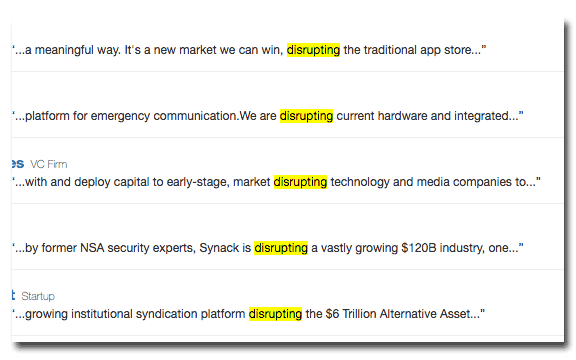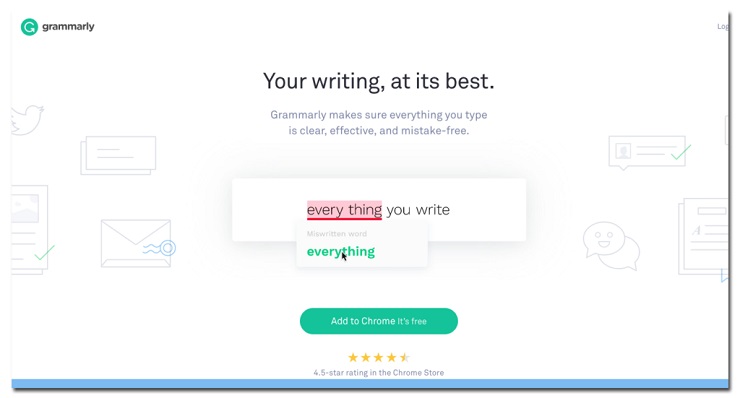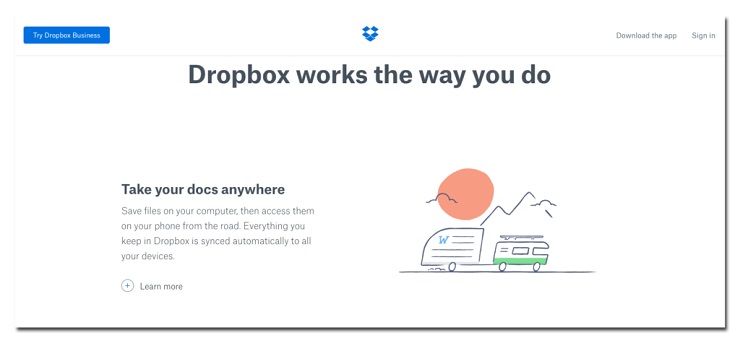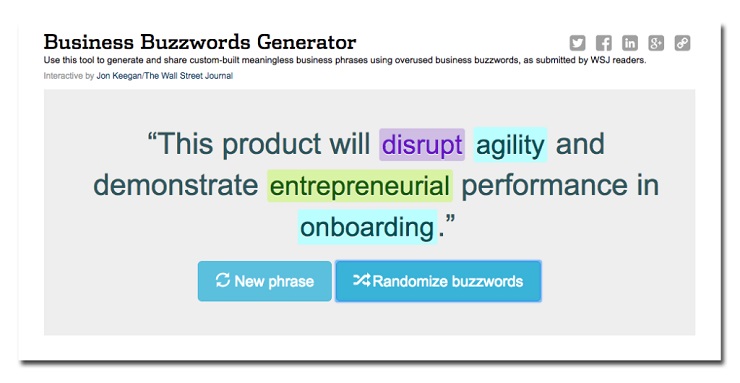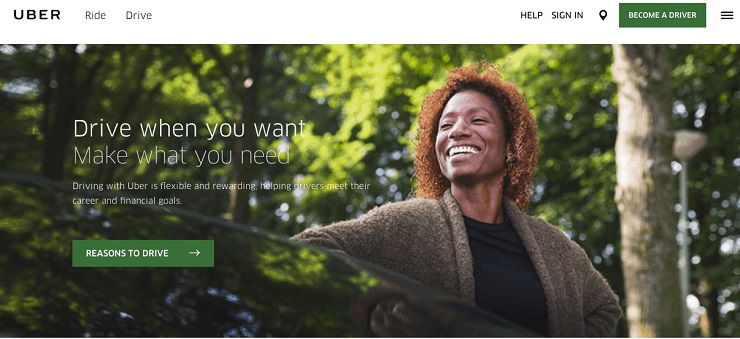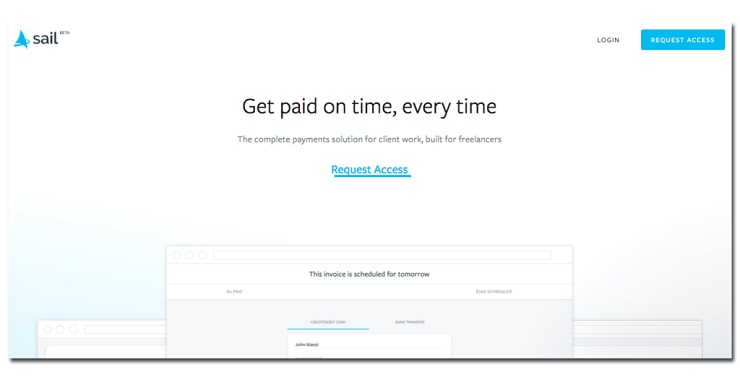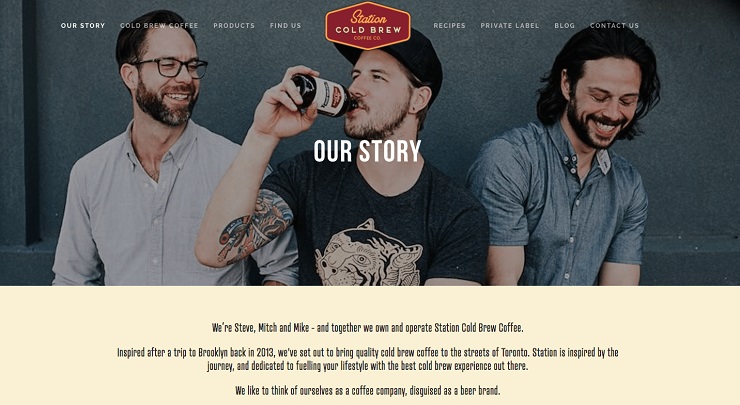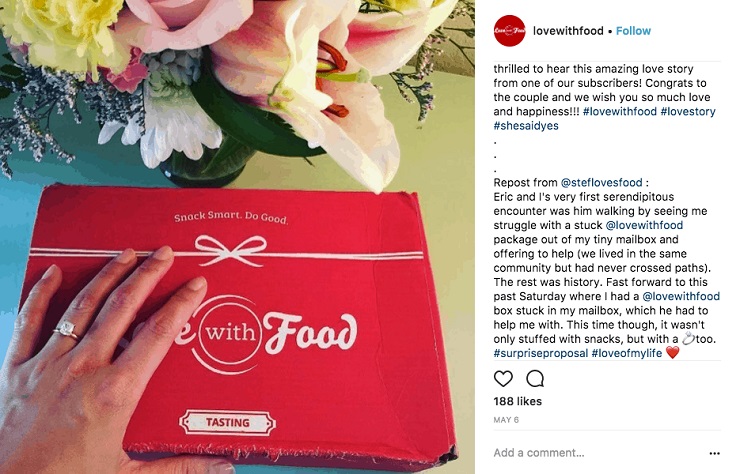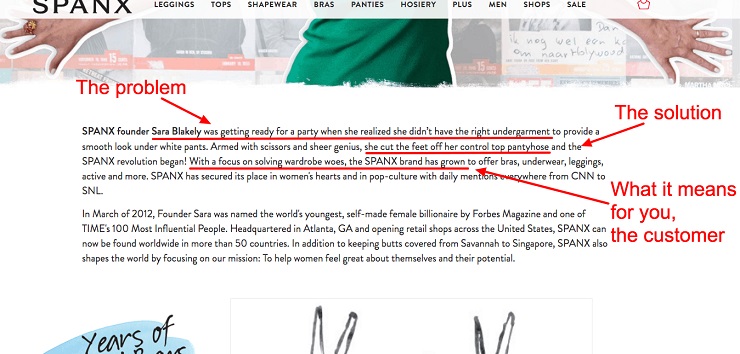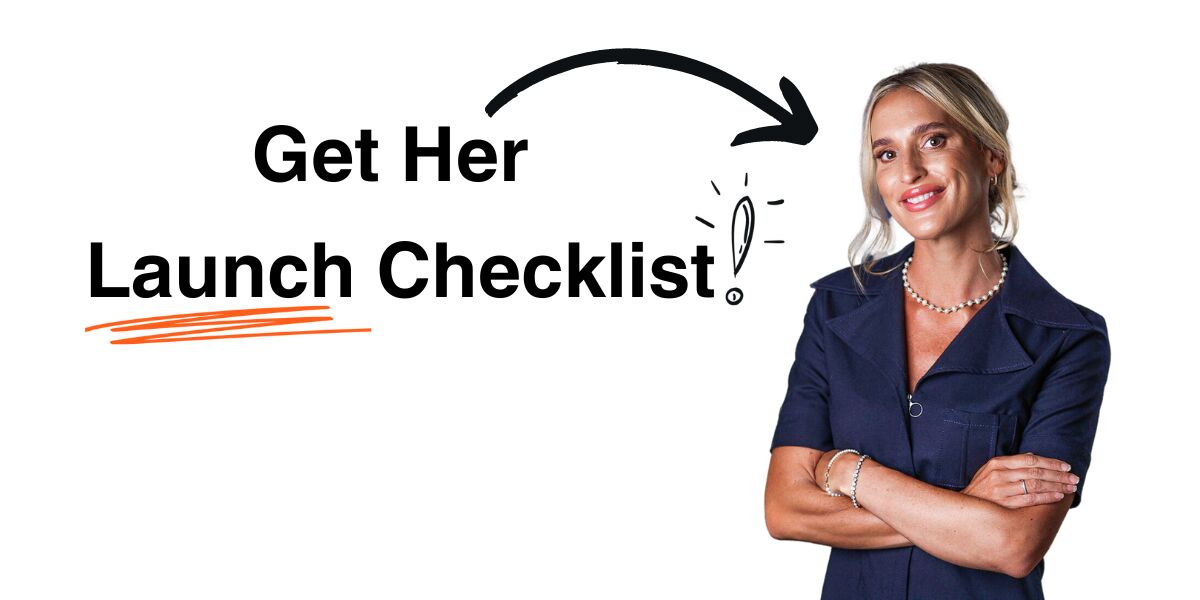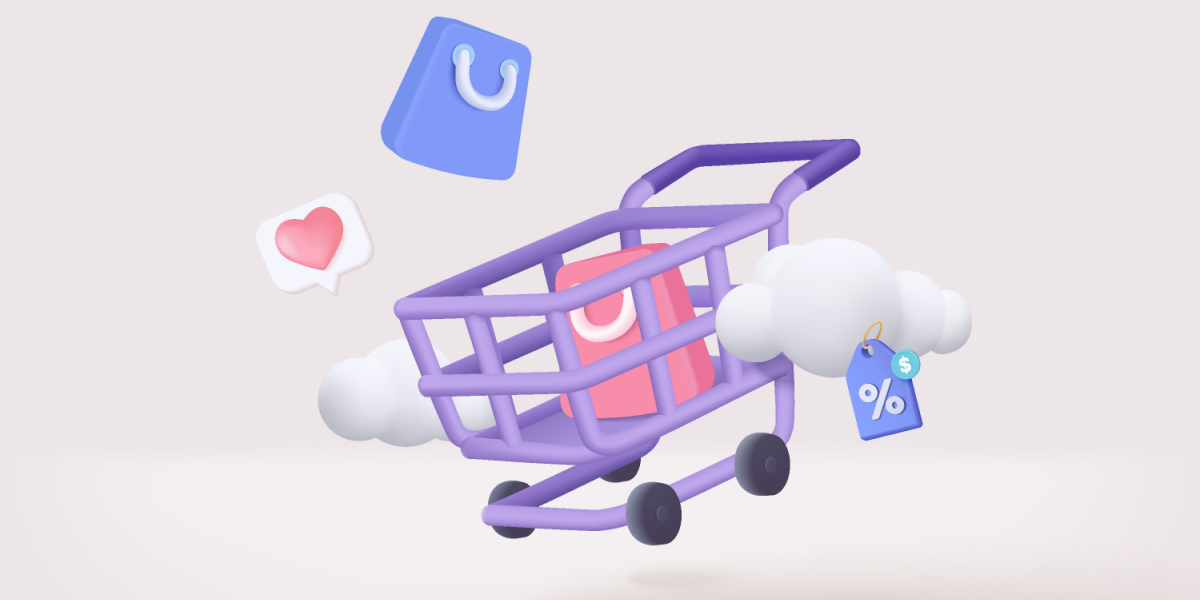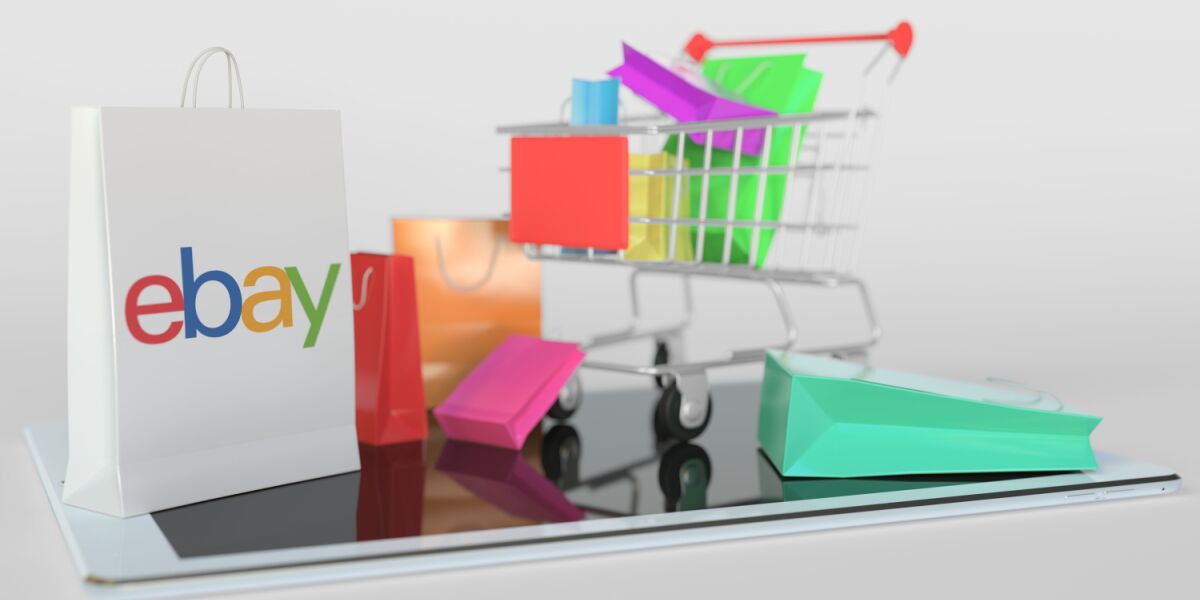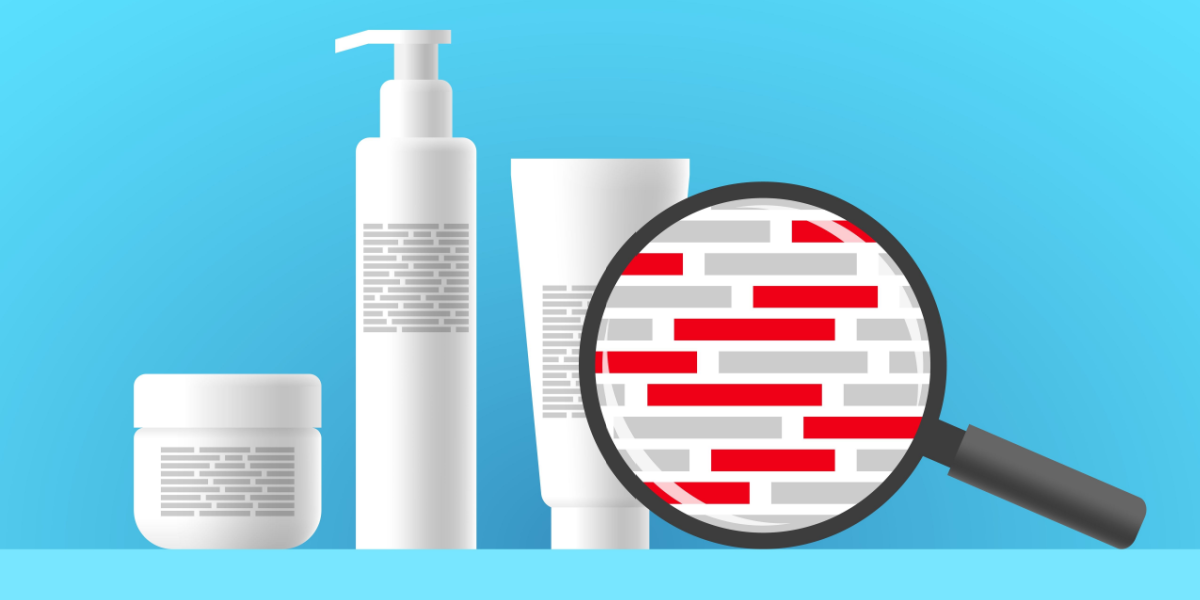Why did you click on this article? Is it because you’re working on a startup and want to improve its marketing? You’re in the right place if so, but how did you know this article would help you? By the headline, of course.
Just as a headline’s title helps you know whether you should read it, your startup’s brand messaging—from taglines to Facebook posts to landing page copy—helps your ideal customer know whether they should buy your product. Make a mistake when crafting that messaging, and your future loyal customers will slip right through your fingers.
What is brand messaging, exactly? According to the Salesforce Pardot blog:
Brand messaging refers to the underlying value proposition conveyed and language used in your content. It’s what makes buyers relate to your brand by inspiring them, persuading them, motivating them, and ultimately making them want to buy your product.
See why it’s so important? Brand messaging is what makes customers choose you over your competitors. Fail to nail down your startup’s messaging, and you’ll fail to attract loyal customers.
I’ve been helping startups with their marketing since 2013, and I’ve seen a lot of the same mistakes. Here are the top five startup brand messaging mistakes that turn customers away.
1. You’re using buzzwords.
Is your startup innovative? Disruptive, even? Well, so is everyone else’s. The problem with buzzwords is they sound important to you—but they don’t actually mean anything to an outsider, especially because they’re overused.
A quick search on AngelList shows a lot of startups are “disrupting” things:
Be specific. Are you going to “disrupt the project management space”? Or are you going to create an app that lets business owners organize their projects and communicate with teammates remotely?
Are you going to create “innovative, cloud-based time-tracking technology”? Or are you going to help freelancers track their time right inside their browser windows?
If you’re relying on buzzwords, it means you don’t understand the value of your startup or the problem it solves. And if you don’t get it, neither will your customers.
Grammarly’s landing page is a great example of clear brand messaging. It avoids buzzwords and gets straight to the core of what it does for you: “Grammarly makes sure everything you type is clear, effective, and mistake-free.”
Another good example is the Dropbox homepage. It doesn’t use fancy terms or boast its product’s technical abilities. It simply says what it allows you to do: “Take your docs anywhere.”
For kicks and giggles, check out this Business Buzzwords Generator for great examples of what not to do:
The above example makes me cringe, because it’s obviously ridiculous and doesn’t convey any real meaning, but how often do we see taglines just like that on startup websites?
Common Startup Buzzwords to Avoid
- Innovative
- Disruptive
- “The Uber for _____.”
- Game changer
- Next generation
- Transforming
- Revolutionary
When writing copy for your startup, ask yourself, “Does this adjective actually mean anything?” If it doesn’t, then remove the adjective and replace it with words that explain it better. If you’re tempted to write something is “innovative” (even though it very well may be), instead, explain why it’s innovative. For example, maybe your startup is innovative because it’s the “first dating app to use AI to match people.” If so, say that.
Get Free Instant Access To 28 Proven Marketing Strategies For Startups Here!
2. You assume people already care about your product.
Look, I get it. You’ve spent several months and countless sleepless nights hammering away at your product. Of course you love it; you built it. But people outside of your business don’t care about any of that, and they don’t care about your product. And why should they? They don’t even know you yet. It’s your job as a business owner to convince prospects that your product is worth their time and money.
Remember, people are always asking, “What’s in it for me?”
Uber does a great job of recruiting new drivers by focusing on the benefits Uber drivers get.
Notice they don’t talk about themselves as a company (e.g., “We need new drivers!”). Rather, they focus on the benefits you will get if you drive for them (“Drive when you want. Make what you need”).
Here’s another great example from Sail:
Notice how they state the benefit in large letters right in the center. Underneath, they make it clear whom their product is for: freelancers.
How to Make People Care About Your Product
- Answer “What’s in it for me?” Again, people don’t care about your product—they care about what it can do for them. When writing your copy, keep this in mind.
- Use “you.” This could be something as simple as changing “We help freelancers track time more efficiently” to “We help freelancers like you track time more efficiently.” “You” is inclusive; it invites the reader into the solution, rather than leaving them feeling like an outsider.
- Turn features into benefits. It can be tempting to list all the features of your product or service, but this doesn’t translate well for customers. Going back to the “What’s in it for me?” question, you need to tell your customers what they will gain by using your product or service. For example, instead of saying, “256-bit SSL encryption,” you could say, “Your data is safe from hackers when you use our app thanks to 256-bit SSL encryption.” Don’t assume a customer understands what your feature does; go one step further to explain how it helps them.
3. You’re hiding your humanity.
Many startups highlight their tech but fail to show the people behind the product. Customers have a hard time trusting software or inanimate objects. They want to put a face to the product.
One study found that character-driven stories cause your brain to release oxytocin, the chemical linked to feelings of happiness and trust. And another study found that subjects given oxytocin donated 56% more money after viewing ads than the placebo group.
What do the results of this study mean for you? By weaving human-centric stories into your brand messaging, you can increase trust in your customers, making them more likely to buy.
One way you can do this is by sharing more about the team behind your startup. On its “Our Story” page, Station Cold Brew Coffee shows its founders’ faces and shares what inspired them to start the company.
While you don’t have to go into detail about anyone’s life story, sharing photos of the team behind your product can help humanize your brand, making it easier for your customers to connect with your startup.
But it’s not all about you. You can also include the stories of the people your business has helped. This can be even more powerful, as it focuses the audience’s attention on a single human narrative.
A study at the Wharton School of Business found that participants were more likely to donate to a cause if they knew the single story of an “identifiable victim” that their money would be helping, while those who knew only statistics of victims were less likely to give money.
Take a look at how Kiva shares stories of the business owners they’ve helped fund:
By sharing a photo and a story of one of its borrowers in Cambodia, Kiva brings its messaging to the next level, from “Lend money to entrepreneurs in developing countries” to “Look at how loans like yours helped this man’s village recover from health problems.” The message now connects to the audience on an emotional level, rather than a transactional one.
Get Free Instant Access To 28 Proven Marketing Strategies For Startups Here!
4. You’re leaving out your users’ voices.
You’re sitting on a goldmine of valuable content created by your happy customers. User-generated content (or UGC) helps you in a few ways:
- It saves you time by letting others create content for you.
- It helps your users feel like a part of your team.
- It can boost your startup’s messaging.
For the sake of this post, let’s focus on the third point.
In a Nielsen survey of 28,000 internet users around the world, 92% of consumers said they “trust earned media, such as recommendations from friends and family,” more than all other forms of advertising. This is a strong case for UGC.
Startups are catching on to this phenomena. Many are starting to source UGC from social media to advertise their products or services in a way that’s more likely to be trusted by potential customers.
Love With Food, a food subscription box startup, curates UGC from its community and combines it with its own branded content.
And one of the biggest wins from this strategy is this incredible story of how a marriage proposal stemmed from a Love With Food box:
Can you imagine missing out on a story like that?! You can’t beat organic content. Mine your customer base for gems like this one.
How to Find or Inspire User-Generated Content
- Create a branded hashtag. This works particularly well for Instagram. Create a hashtag that’s unique to your brand, and encourage users to post photos related to your brand or product with that hashtag. The hashtag increases brand awareness and makes it easier for you to find these posts. Even if someone used your branded hashtag in their post, I always recommend contacting them and asking for their permission before you repost the content to your feed.
- Enlist the help of influencers. If you’re having a hard time getting UGC started, reach out to influencers and ask them to post with your branded hashtag in exchange for money or free product. This can often be the spark that ignites a wildfire of UGC from your community.
- Email your list. In your next newsletter, ask your email list to send you photos of them using your product, and let them know they could be featured on your social media accounts.
- Include a note in your product packages. If you have a physical product, place notes inside your shipments that encourage customers to follow you on social media and post using your branded hashtag.
- Launch a contest. If you really want to incentivize the creation of UGC, you can launch a contest around your branded hashtag and offer a prize to the winners. Make sure the prize is something specific to your ideal customer, not something generic (like money or an iPhone), otherwise you’ll attract non-qualified leads. In your contest rules, make sure you include that entrants permit you to use their content for marketing purposes outside of the contest.
5. You’re forgetting your roots.
In the startup community, origin stories can be legendary; just think of HP’s garage or Facebook’s Harvard campus beginnings. Origin stories walk potential customers through the realization of the problem all the way to its resolution.
You might think your origin story isn’t important. It is. Particularly as your company grows larger, you’ll need to get back to your roots to remember why you got started and to help your ideal customers relate to you on a personal level. Not only that, but origin stories also highlight the crux of the problem and the solution your startup provides.
On its “About Us” page, Spanx does a fantastic job of showing where it all began, alongside a photo of its founder, Sara Blakely.
But it doesn’t stop there. If you scroll down, you’ll see the full origin story, including the problem Sara encountered, how she solved the problem, and how Spanx as a company is helping women solve a frustration Sara understands.
Spanx puts a name, a face, and an origin story to its brand—a powerful way to relate to its ideal customers, no matter how large the company becomes.
How to Tell Your Origin Story
Now, don’t stress out about this too much. It doesn’t have to be dramatic—it just has to be real. To craft your origin story, include these elements:
- Problem – Every product begins with a problem. What annoyance, pain point, or inconvenience did you encounter that inspired your product? To highlight the problem, briefly touch on how it made you feel. Your ideal customers will be able to relate to your frustration, sadness, or anger at a problem.
- Solution – How did you solve your problem? This is where you introduce your product, not as a shiny, newfangled item, but as a human-designed solution to your problem.
- Results – How did solving your problem with your product improve your life? Be specific about the results. If you can, include numbers to show growth or change.
- The big picture – Now, zoom out. How did creating a solution to your problem inspire the launch of your startup? What is your startup’s mission? This is where you show your ideal customers your sense of purpose and how your product can help them too.
Get Free Instant Access To 28 Proven Marketing Strategies For Startups Here!
Conclusion
Words matter. Think about it: Why is it that you stress out so much over your elevator pitch for investors? Because you know nailing it could get you loads of capital.
The same goes for your brand messaging. Think of it as your “elevator pitch” to your prospective customers; you have to convince them that by handing over their hard-earned cash, they’ll gain something greater in return.
You could work for months perfecting the technology, designing beautiful packaging, and growing your email lists, but if you fail to know your own value, if you fail to nail down the right messaging, your startup will fail too. Why? Because your ideal customers won’t know you’re talking to them, and your existing ones won’t feel any sense of loyalty to your brand.
If you want to have the best chance of success, avoid these common startup brand messaging mistakes:
- Using buzzwords
- Assuming people already care about your product
- Hiding your humanity
- Leaving out your users’ voices
- Forgetting your roots
Humans are story-driven creatures. We don’t just want information; we want meaning. We don’t care about inanimate objects; we care about people. With this in mind, craft your startup’s messaging in a way that speaks to the right people, conveys a solution to a problem they have, and gets them to convert.
And for the love of originality, don’t tell me your startup is “disruptive.”
Have you caught yourself making any of these startup brand messaging mistakes? What steps did you take to fix it? Share examples of your new brand messaging in the comments!

